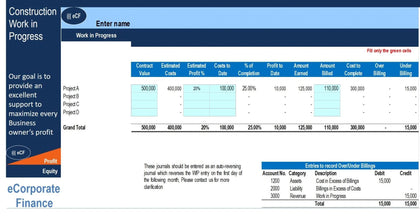Property Use Startup Financial Model: Driving Range
Video Tutorial:
A straightforward startup idea is to use existing property or purchase property for the sole purpose of building a driving range for golfers. It is not a tough sell to get people into the range. Such a service hits across many demographics and regions all over the world.
The basic idea is simple and you can use a financial model like this to refine your expected pricing and costs so that a plan can be put in place that makes sense for all involved on the equity side of things. To get started you will need to purchase things like:
Driving Range Mats
Driving Range Balls
Driving Range Buckets
Driving Range Tee Dividers
Rubber Tees
Plastic Golf Ball Trays
Driving Range Yardage Banners
Driving Range Ball Dispenser
Driving Range Ball Washer
Driving Range Caged Cart
2 Section Range Ball Picker
There could be other things as well, but the above will get your operation off the ground. The model is designed for the user to pick the expected number of driving range slots they wish to build and much automation was implemented around the startup costs in order to determine initial investment amount that will be required.
The maximum revenue is based on the driving range slot count and capacity logic to determine how many golfers may show up a day and how much of the available capacity is used. Based on average time it takes a golfer to get through a given number of balls and the price per bucket, revenue is generated.
Since a driving range is likely to be outdoors and subject to the weather and other seasonality conditions, logic was built to account for busier times of the year and less busy times. The user can define the % of max capacity that is reached each month as well as the growth in the % over time.
On-going operating expenses can be defined fairly easily in a standard format and after all assumptions are configured, the output will be a range of financial summaries that include monthly and annual pro forma detail, an annual Executive Summary, and a distribution summary that includes DCF Analysis for the project and investor / owner depending on how startup funding was secured. Also, there are over 7 visualizations.









































